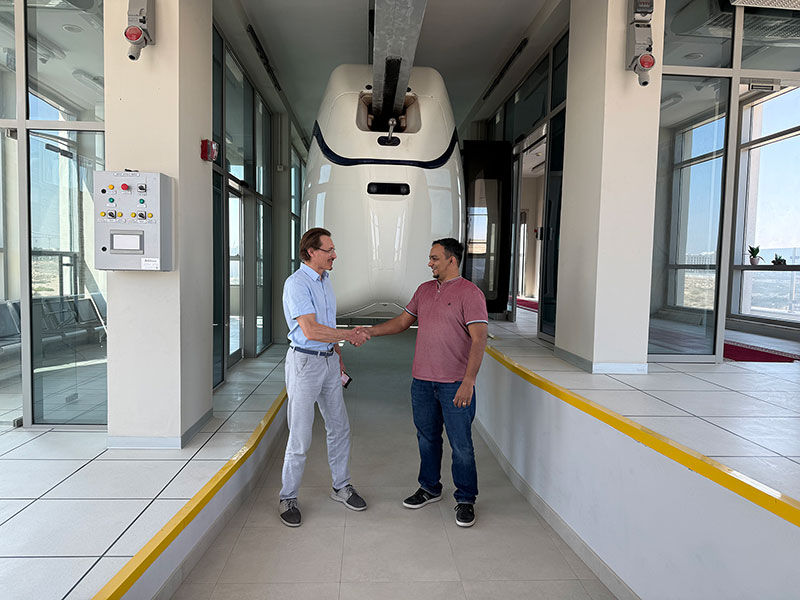To control quality is to manage risks
- author

- May 1, 2023
- 2 min read
[01.05.2023]
Earlier in the article about raceway we talked about how such a seemingly insignificant element affects design of the overpass track structure in its entirety. Therefore, each structural element is subject to internal inspection. That includes several stages:
Visual quality control of workmanship.
Vontrol of the longitudinal and cross section geometry.
Confirmation of the material mechanical properties.
The most critical part of any rail is the head. In uSky, all linear elements are prestressed and made continuous, without shrinkage or technological transverse joints. The rail head is no exception, its design is patented and is one of the know-how of the test string-rail overpass No. 4 under construction at the uSky Centre.
Visual inspection reveals manufacturing defects, e.g., scratches, impurities, dents. At this stage, it is also possible to determine the product manufacturing process, which means potential defects can be predicted. Visual control is carried out first, which allows to make preliminary conclusions without large financial costs.
The control of the structural elements geometric parameters is a check of the product for compliance with the design documentation. This control is designed to determine all deviations from the design. Since raceway is a structural element of rail that comes into contact with a steel wheel, therefore, any deviation affects operation speed modes of wheeled rolling stock. And, obviously, that effect can be negative. Irregularities, shape deviations and other geometric defects of railhead mean shock and vibration effects on wheel, which means noise, vibration and service life decrease not only for the wheel, but also for track structure and uPods. The result of such inspection is either refusal to use this item, or decision to use the unit with subsequent corrections of irregularities during installation.
Mechanical properties of steel are determined in laboratory. There are standard processes in normative documentation, how and in what sequence the required parameter is measured. The main parameters are: yield strength, tensile strength, linear strain, hardness, chemical composition and more. In simple words, these are parameters that characterize capacity of steel to withstand loads without breaking for the long (set by designer) periods. These values are determined in certified laboratories and the result is a report on all tested samples.
Below are the stress-to-rupture test reports of the stacked railhead elements. The maximum operational stresses are no more than 300 MPa, while the breaking stresses, according to the protocol, amounted to 1400 MPa. Thus, the margin of safety is more than 4 times.
Indicators of linear strain and tensile strength for railhead prestressed elements are also within acceptable limits. As of now, at least 30 samples of high-strength steel have been tested, and each of them met the required strength specs.
Report on the tests carried out to determine the mechanical properties of steel
Strict quality control procedures are designed not only to confirm design compliance, but also to decide on further cooperation with the supplier. After all, trusting and mutually beneficial relationships with suppliers are a separate and important aspect of business.




















